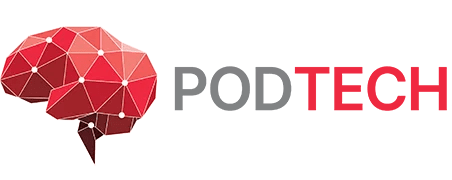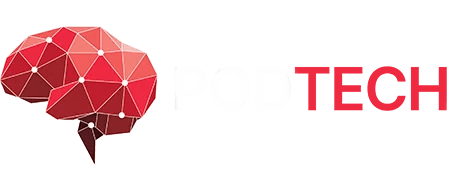Dream it, build it!
Reach out to us from our contact form and we will get back to you shortly.
UK Headquarters
Elder House West, Elder Gate, Milton Keynes, MK9 1LR, United Kingdom
India Headquarters
AIHP Milestone, Plot No. 448 - 451, Rao Gajraj Singh Marg, Phase V Rd, Udyog Vihar, Gurugram, Haryana 122016
AWFIS Gold, Prestige Shantiniketan, 10th Floor, Tower B (Gate No. 3), ITPL Whitefield Main Road, Bengaluru, Karnataka - 560048

